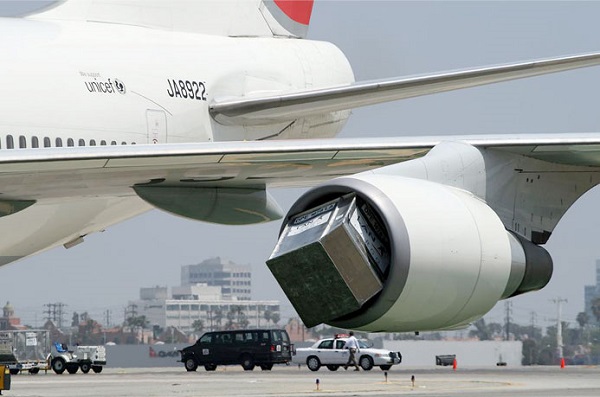Airports are hives of activity often 24 hours each day – 7 days each week. Airport Aprons are fraught with danger. Multiple Aircraft surrounded by all manner of equipment, vehicles and personnel, constantly on the move, which all serves to act as a precursor to the apparent inevitably of accidents and incidents. (Whilst we say “apparent” inevitability the reality is the just about every single incident and or accident is preventable if certain behaviours are changed.)
Major concerns regarding the potential exposure include the absence of formal and structured ramp operational procedures. Limited or no availability of training and a high turnover of staff. Due to the culture and behaviour of airport staff a lower than acceptable regard to Ramp Safety may often be found.
Many Airlines around the world are not fully aware just exactly how much RAMP incidents and accidents actually cost.
Multiple costs are being spread around the business in different cost centres, which is masking the true cost of incidents and accidents (Indirect costs typically being between 7 and 13 times the actual cost of any repair required). From analysis it is understood that the true annual cost of Airport Incidents and Accidents runs into many hundreds of millions of US dollars.
In general it is possible to modify behaviour, to provide training and develop or improve standard operating procedures (SOP). It is also possible over time to modify culture to improve the focus on safety.
Not only do we see an unacceptable level of aircraft accidents within the Ramp environment we also see personal injury from minor cuts and bruises to very serious and even fatalities.
Starting with an understanding regarding the potential for incidents and accidents related to any phase of ground management and turnaround operations.
Developing a detailed assessment of where the risks exist and developing mitigations which can in multiple ways lower the exposure.
A typical direct cost of a Ramp Accident is around 250,000 USD. Whilst this may be accepted as “just” one more cost which is required to be met to run an airline, when the true cost of indirect overheads is added into the mix the final bill is significant in some case prohibitive and usually preventable.
A positive step in the right direction is to “own” the problem and to embrace a range of initiatives which can deliver a safer and more effective working environment.
Areas to consider:
a) The effectiveness of the Training;
b) The Management of the Competence of the Ramp Worker;
c) The strength of the procedures which are designed to minimise exposure to incidents and accidents.
Sofema Аviation Services www.sassofia.com (SAS) and www.easaonline.com (EOL) together offer both classroom and online training in support of effective Ramp Safety behaviour. Please email office@sassofia.com to find out how we can organise your training today.




